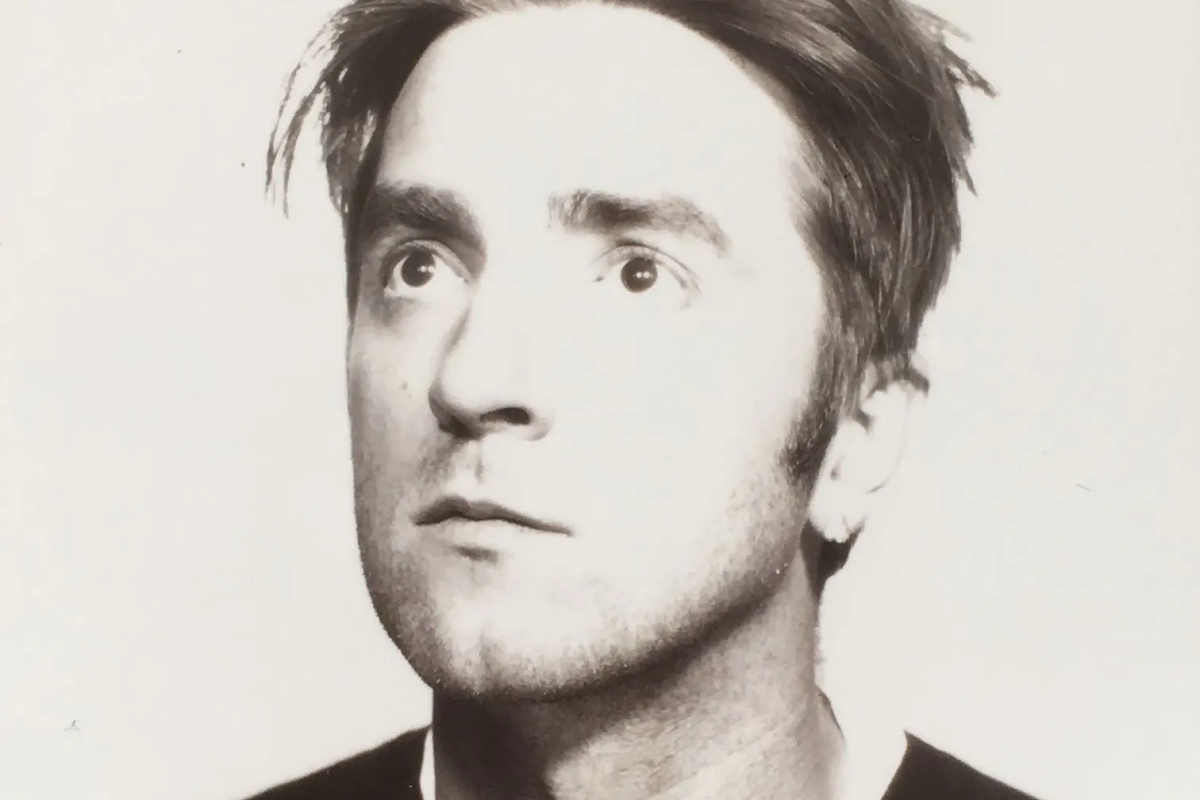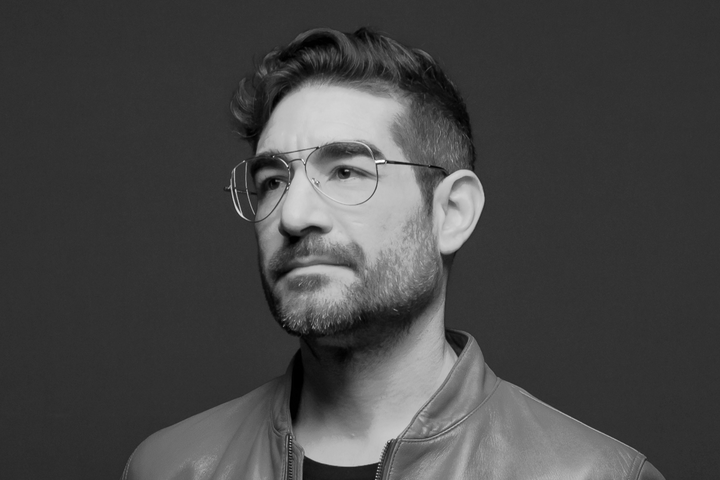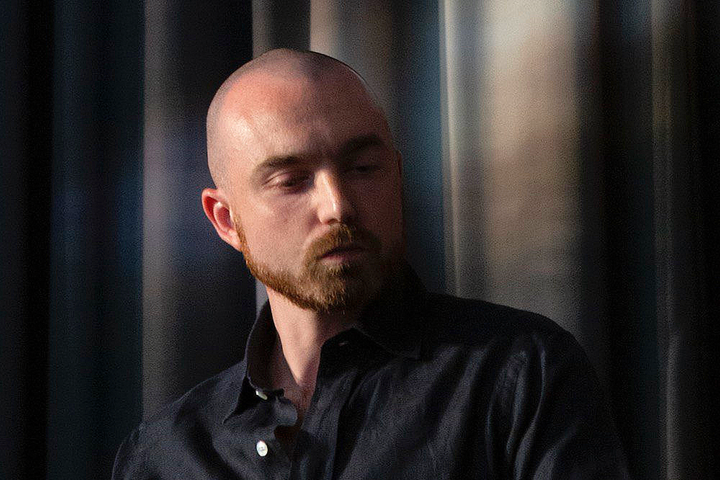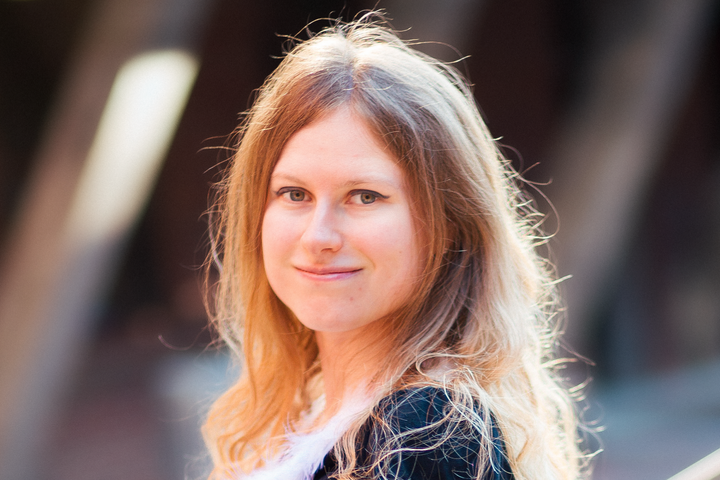Lukas Amacher on 1of1, Digital Collecting and Institutional Adoption of NFTs

As the Curator and Managing Director of the 1of1 collection, Lukas Amacher runs one of the premier NFT collections in the world, focussing exclusively on digital art. The 1of1 collection has recently been involved in projects with Castello di Rivoli in Italy, the MoMA in New York City or M+ in Hong Kong.
How was 1of1 created?
1of1 was incubated at Dialectic, a cryptonative investment company based in Switzerland. We are a team of around 15 at the moment and when NFTs came up as a technology, everybody at the office started collecting the things that they were interested in. The individual collecting efforts were quite wide ranging: some people were into art, some people were into gaming, others were into PFPs. We eventually pooled all the assets and approached collecting as a communal effort, very much in the Web3 ethos.
Over the last 12 months, we narrowed the focus purely to contemporary digital art, where we not only have the most insight but are also in the best position to help artists and their projects succeed.
There are many conversations on similarities and differences between the traditional art market and the NFT one. What is your take on this?
I’d say the scenes are similarly sized. However, the audience for digital art is much larger, because the works are online and it is generally more accessible than physical work. Nonetheless, physical exhibitions, especially museum-quality shows are incredibly important for the contextualization of the works. I think NFTs open up this interesting interplay between a core audience that is on one end and a really big mass audience on the other.
1of1 has an incredible collection of NFT works including ones by Beeple, CryptoPunks, and Refik Anadol. How is the selection process organized for the 1of1 collection?
Being a collector’s club, 1of1 has weekly acquisition meetings. Everybody in the collector’s club can bring proposals to the table, which are later reviewed by the curatorial board. All acquisitions are group decisions that revolve around a specific acquisition framework that we have built up over the last two years. 1of1 owns all of the works in its collection, giving joint ownership to 1of1 members.
What are 1of1’s most prominent projects?
We specifically focus on collaborations with institutions that can contextualize digital art within art history. Art making has been around for 60,000 years, so any kind of cultural output that is created today will have to measure itself against this long arch of history. Much of our work, next to collecting, is supporting our artists to get their work shown in the right places and also supporting museums and other institutions in understanding why digitally native culture is important and how things work in Web3. We assist with technical know-how, mediate the culture, and support shows and other projects.
We collaborated with Carolyn Christof-Bakargiev on the first-ever museum show of Beeple’s signature work Human One at Castello di Rivoli (Turin). Espressioni con Frazioni was a show on the human condition through time. It actually started with images of cave paintings and ended at Human One, which was very fitting for what 1of1 is doing. Another big project was Cartography of the Mind, a curated online-only auction of digital artworks donated by some of the best artists in the space (including Beeple, Mad Dog Jones, IX Shells, Sarah Meyohas, Refik Anadol, and many others) to benefit the Multidisciplinary Association for Psychedelic Studies (MAPS). Many of the works were reflective of the artists' personal experiences with psychedelics. The exhibition was hosted at Christie’s new gallery and coincided with NFT NYC, with a parallel show on the screens in Times Square.
1of1 has several upcoming projects slated for later this year. In general, we focus our activity on four main areas of inquiry. The first involves collecting art that helps us explain the transition between the physical and digital reality that humanity currently finds itself in. The second centers around collaborating with institutions to support and promote digital art and to help our artists reach their rightful position in the art canon. Third, we assist artists with technical execution and help them refine the smart contracts and crypto primitives they use for their work. Last but not least, we are also experimenting with the composability of NFTs as an asset class, specifically exploring ways to use NFTs in DeFi and other crypto-native financial applications to ensure the longevity and financial stability of the collection.
At the beginning of 2023 NFT sales spiked again. Do you see that as a positive sign of the end of the bear market?
Interestingly enough, the institutional adoption of NFTs in the art world began only after the last bull market had died down. We saw major institutions like Castello di Rivoli, MoMA, M+ LACMA, Centre Pompidou, the Buffalo AKG, Kunsthalle Zürich, Palazzo Strozzi, and others either exhibit or acquire digital art that was linked to NFTs. Market trends are not very important in that world, cultural significance wins out against financial clout. The most interesting artists are those with a long-term approach. Therefore, short-term market data is not a particularly useful metric and not something we pay much attention to.
People have been collecting digital assets online now for a couple of years. Do you still see that collectors face certain problems?
Undoubtedly, collecting NFTs is not for the faint-hearted, and mass adoption has not happened yet. It seems that many traditional art collectors are interested in collecting digital art through NFTs as a technology, but they are hesitant due to the complexities of opening a wallet and ensuring secure storage. This is part of the reason why we are a collectors club. As a group, we have both curatorial and technical staff on hand and can ensure best practices in both fields. And so, as someone who has tackled the technical hurdles, I find it also intriguing that not everyone is here yet. As in every market, if everyone understands everything, a good deal is unlikely to be found. There is so much incredible digital art out there that is absolutely genre-defining, that in part is only still available because the whole market segment is underexposed and has some hurdles to enter.
Do you think that institutions are going to continue adapting to the digital and Web3 realm?
Yes. The exhibitions of Refik Anadol at MOMA and of Beeple at both Castello di Rivoli and M+ were extended due to popular demand. It makes perfect sense for any reputable museum seeking to drive visitor numbers to adopt a thoughtful and sophisticated approach to digital art. The best art is always a reflection of its time and raises fundamental questions about the human condition through the lens of its era. As the internet and screens have become an integral part of our daily lives, shaping our social interactions in pervasive ways, it is only natural that these forms of technology should be reflected in art.
At the moment, we still tend to associate screens with functional tasks like watching TV or browsing the internet, but I think that as technology advances and our relationship with screens evolves, we will begin to see them in a different light. There may come a time when screens are no longer physical devices that we hold in our hands, but rather a more integrated part of our environment. This could open up even more possibilities for screen-based art that is truly experiential and transformative to the way we perceive artwork. Museums and other institutions will recognize this potential and will be at the forefront of a new era of digital art that is not only widely accepted but also highly valuable.



